AARP Hearing Center

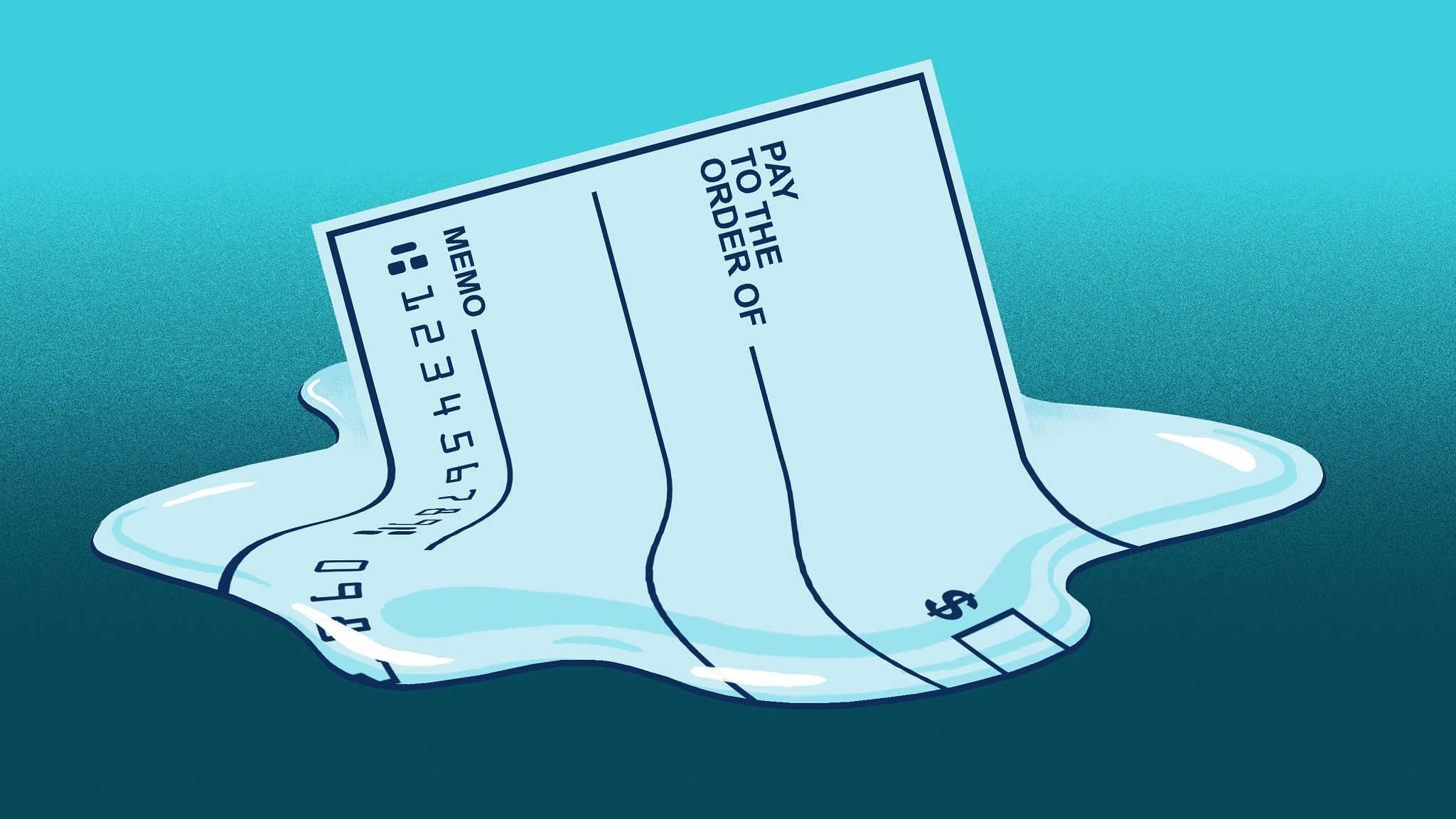
Last summer an order for 1,000 sweet cupcakes turned sour for California baker Loria Stern, owner of Eat Your Flowers bakery in the Highland Park neighborhood of Los Angeles.
A self-taught baker, botanist and gardener, Stern began creating and selling botanical-inspired cookies and cakes from her home kitchen in 2016. Although she’s witnessed plenty of scam attempts since then, she was stunned by the one perpetrated by a fraudulent customer who called herself Zoe Madison.
Stern told her local TV news station KTLA that she received a legitimate-sounding email from Madison for an order of 84 dozen standard-sized cupcakes for a two-day event. The customer mailed Stern a check for $7,560 as payment, then — just days before she was scheduled to pick the cupcakes up — emailed the baker with a request to cut her order in half. Citing budget constraints, Madison asked Stern to issue a refund for the difference between the original order and the new one.
“The next day, 24 hours before she was supposed to pick up the cupcakes, the funds were withdrawn from my account and it was cited as a counterfeit check,” Stern said. “This was just a really advanced and a really intricate scam.”
Although they’re new to victims like Stern, fake-check scams — also known as cash-back scams — have been defrauding individuals and businesses for years, observes John Breyault, vice president of public policy, telecommunications and fraud at the National Consumers League, a nonprofit whose mission is protecting consumer welfare. “When I started doing this work 16 years ago, this was the number-one complaint we were hearing about from consumers, and the setup hasn’t changed much in that time," he notes.
Even in the digital age, paper checks remain a common and trusted form of payment for millions. If you want to keep the funds in your own checking account safe, it’s vital to understand what fake-check scams look like and how to spot them.
How fake-check scams work
This scam is “classic,” echoes Andrew Morris, director of innovation technology at America’s Credit Unions, a trade association representing credit unions nationwide. “There is an alleged overpayment for goods and services,” Morris explains. “The person who is writing the check claims fraudulently that they have overpaid, and they ask the person accepting the check to send back or refund them the overpayment. And, of course, there is no legitimate overpayment at all.” That's because the initial check is destined to bounce.
Why does this scam work? “Federal law requires banks to make funds from checks available to the consumer quickly, usually within 24 to 48 hours," Breyault explains. "But consumers don’t always understand: Just because the funds are available, doesn’t mean it’s a legitimate check."
Although the bank has accepted the check and is making those funds available to you, it still needs to verify with the issuing bank that the funds exist.
















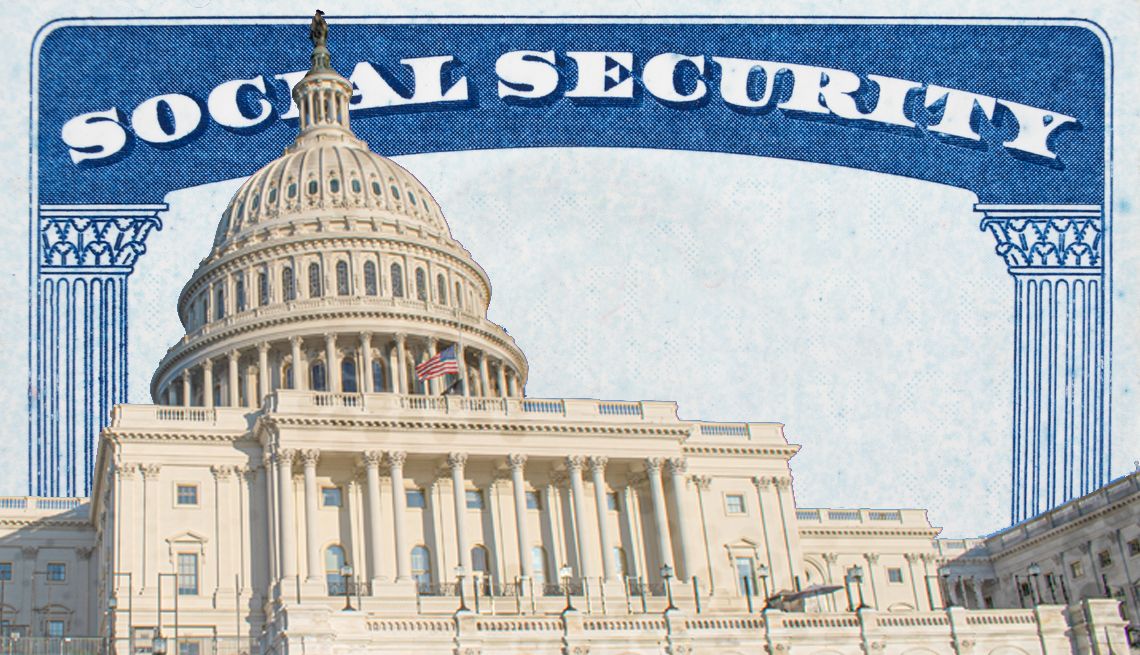)










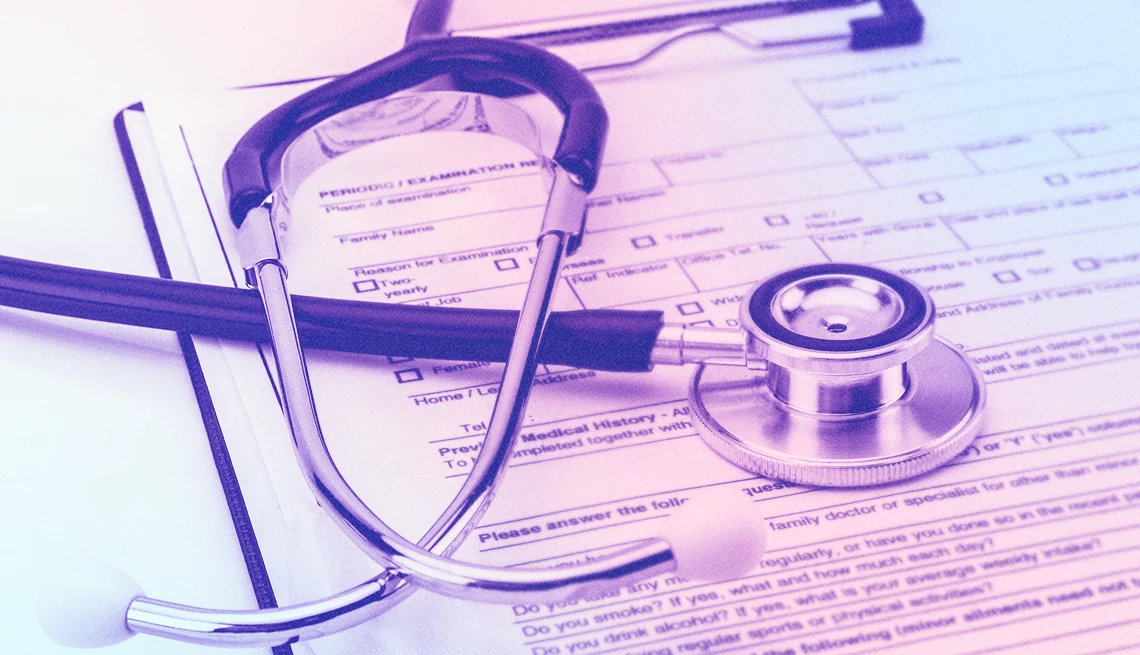
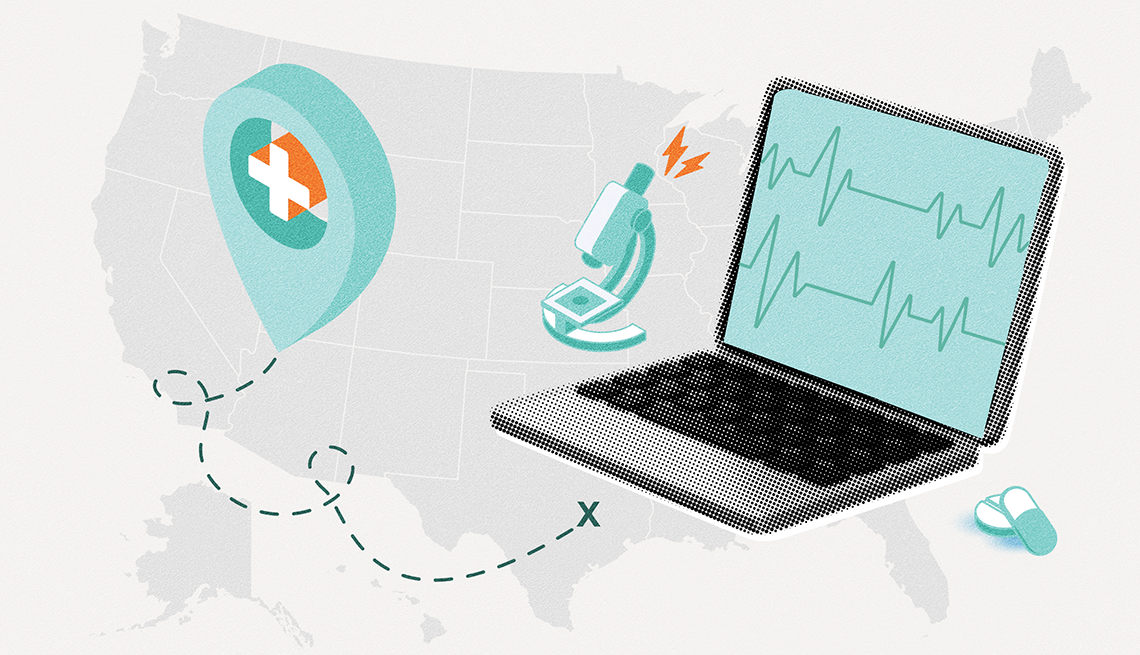







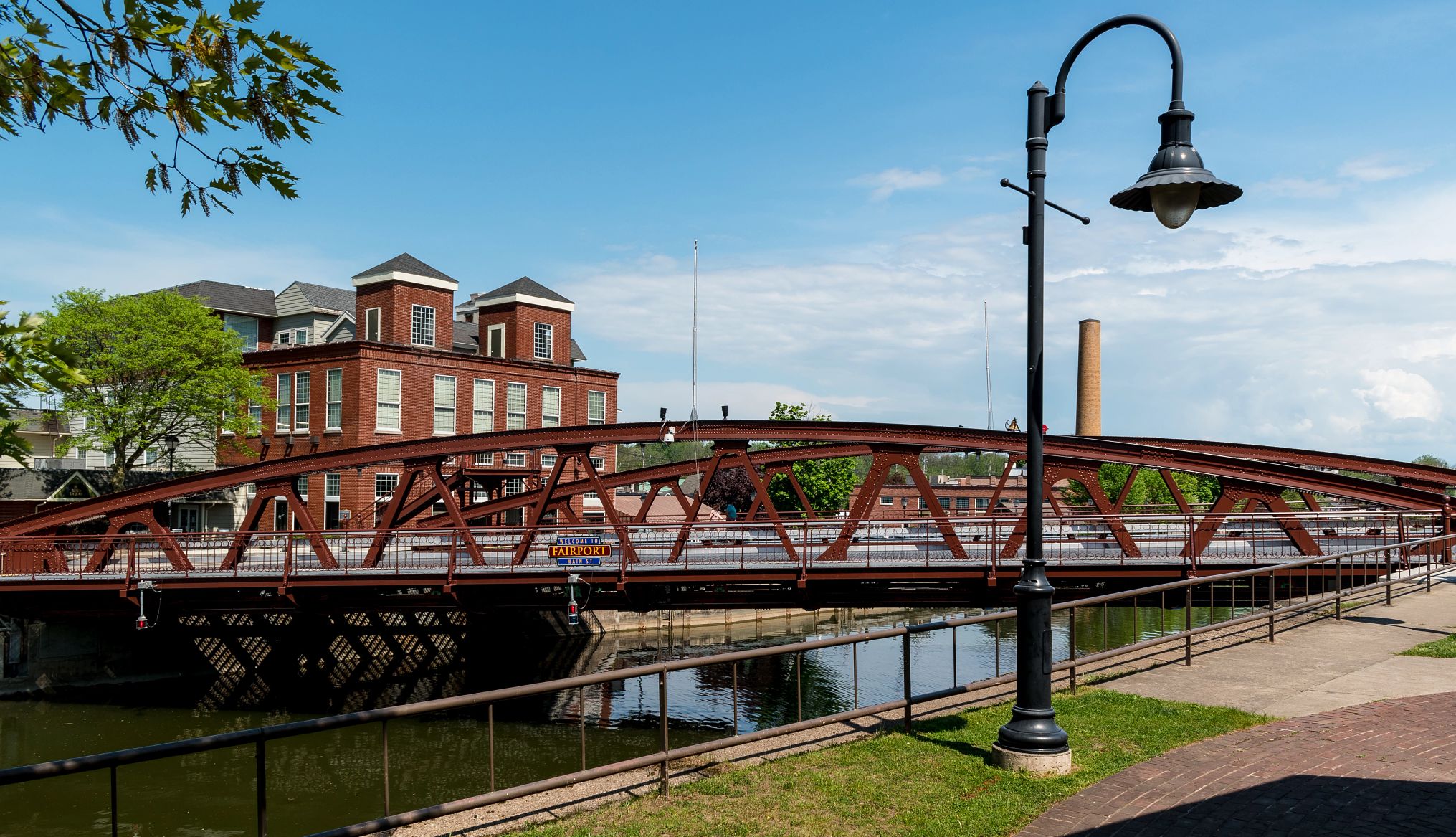
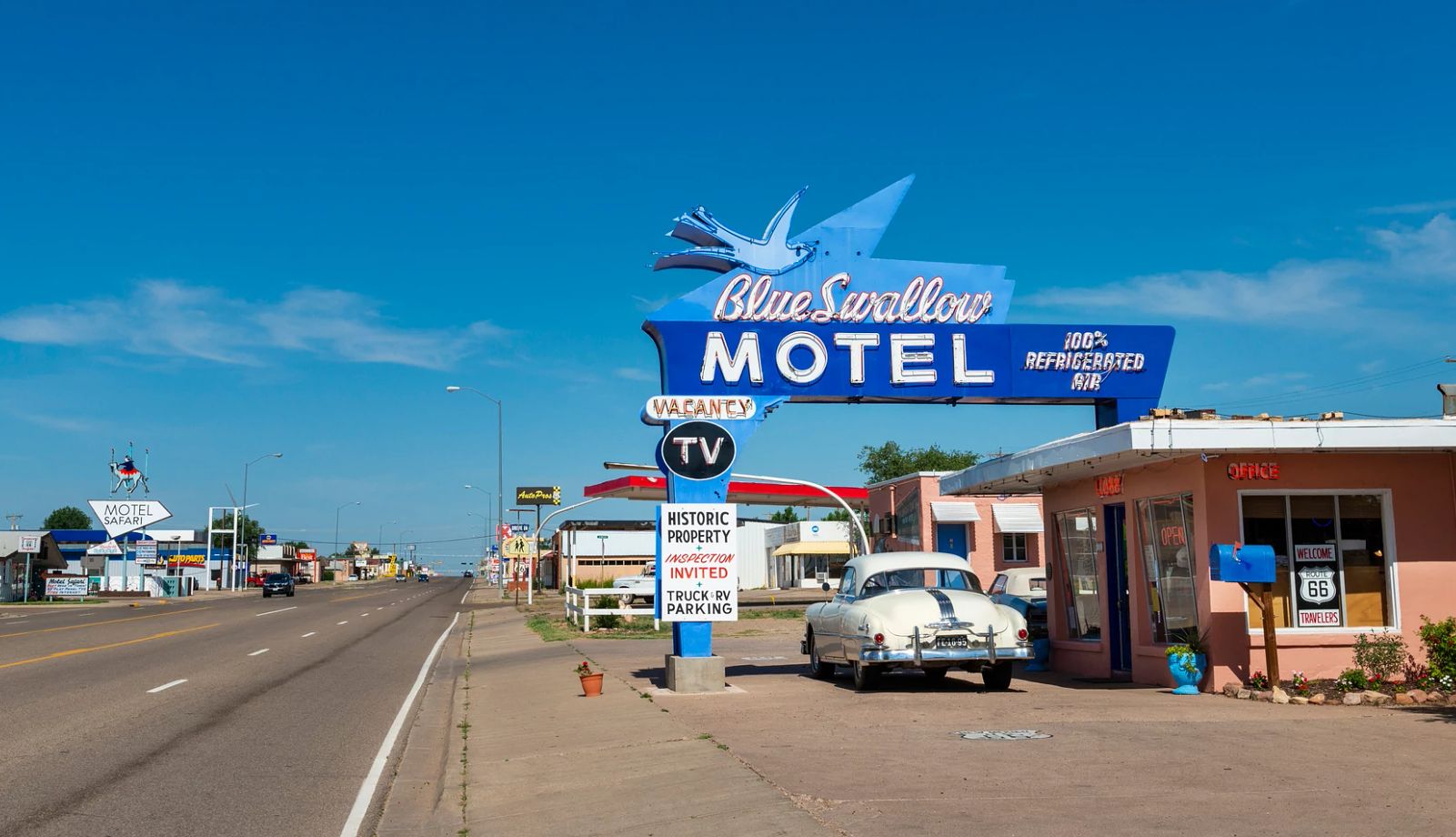
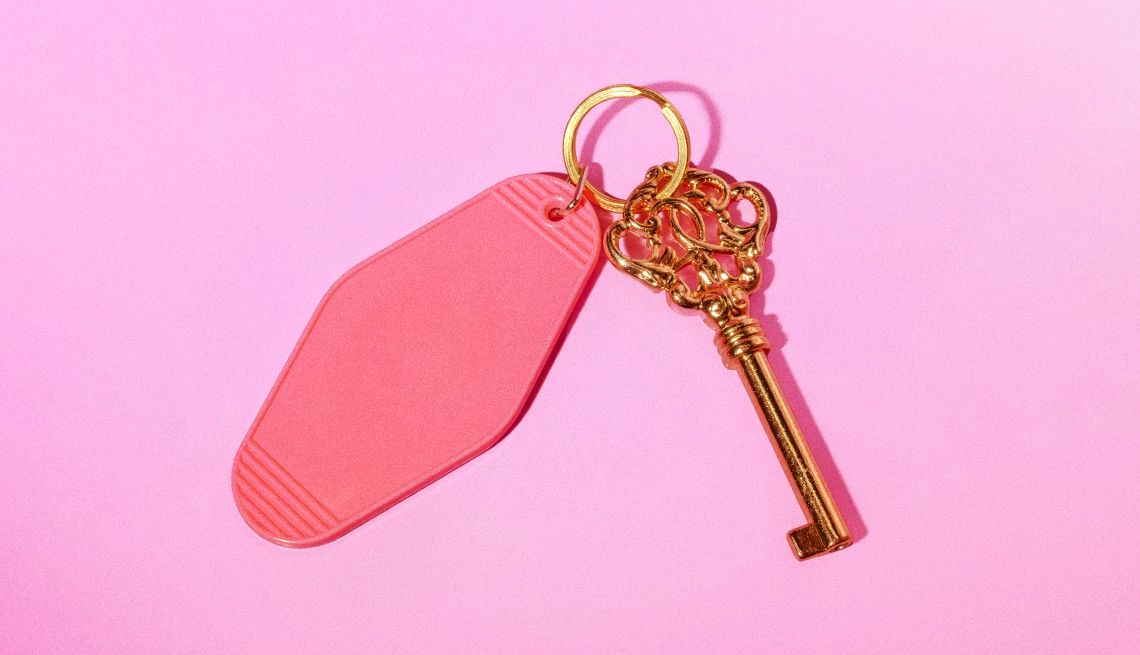





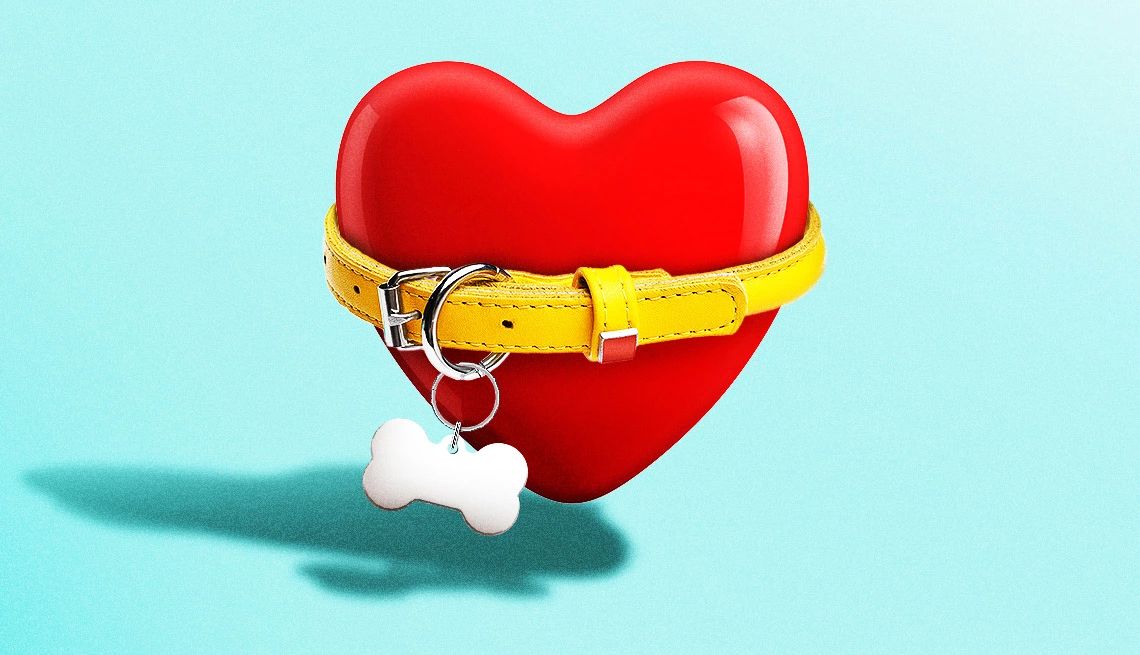



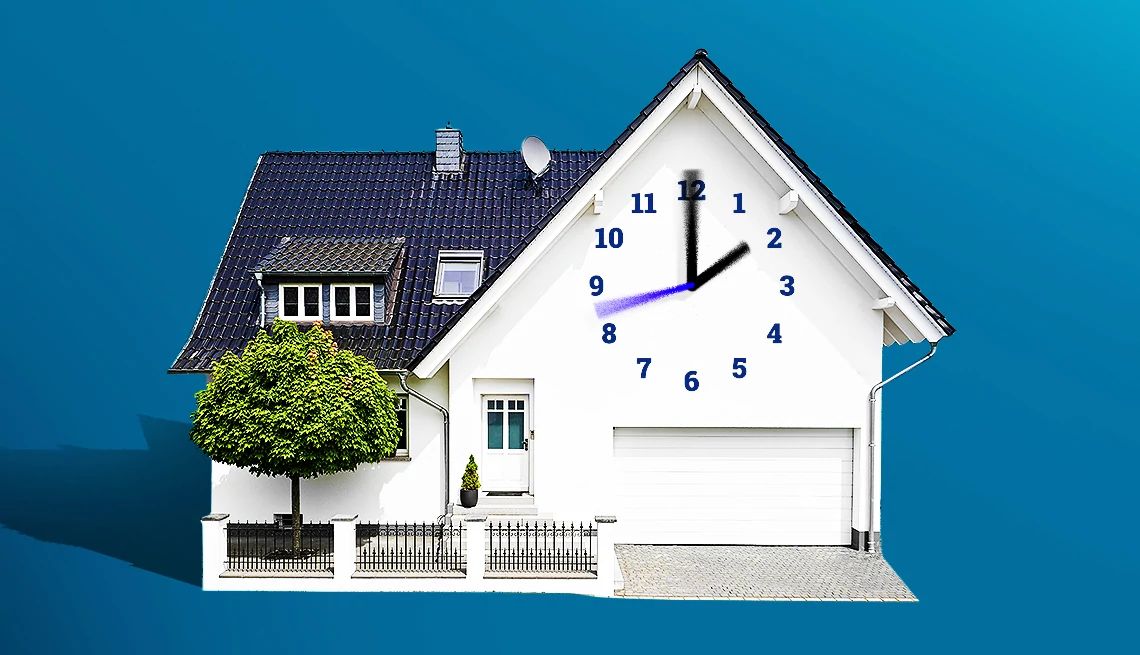

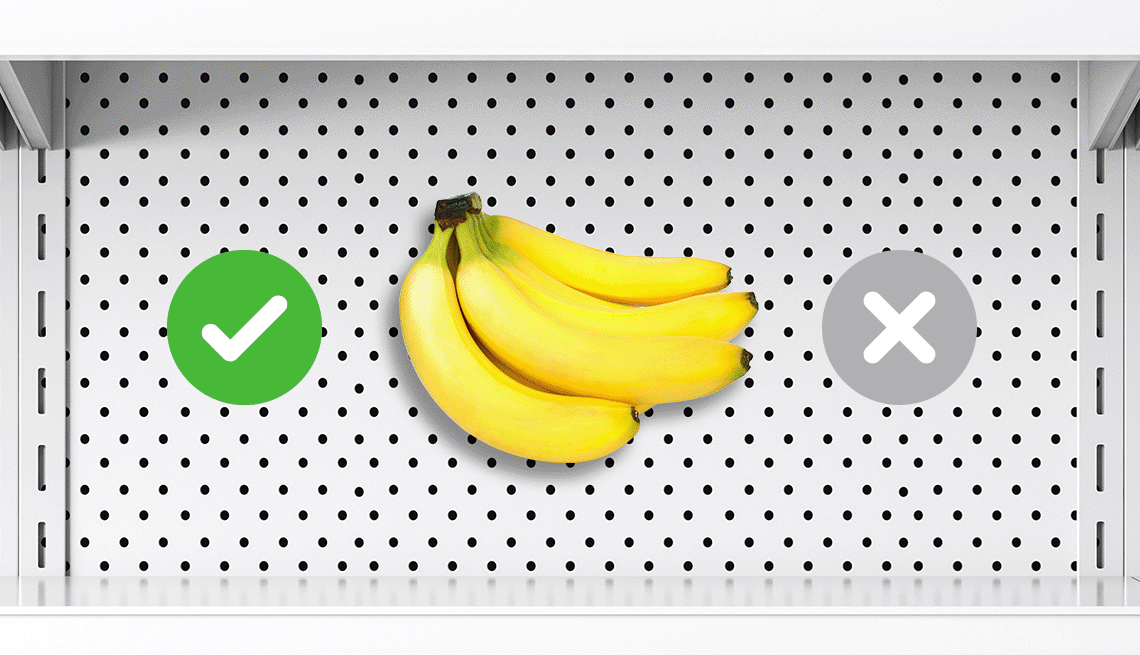
















More From AARP
6 Ways to Avoid a Real ID Scam as TSA Deadline Nears
Why scammers might exploit the upgraded driver’s license you’ll need to fly after May 7
Five of the Biggest Scams to Watch for in 2025
Old frauds don’t disappear — they become more sophisticated. Here’s how to protect yourself
25 Great Ways to Avoid Scams
Practical things you can do to protect yourself as fraud grows more pervasive and sophisticated